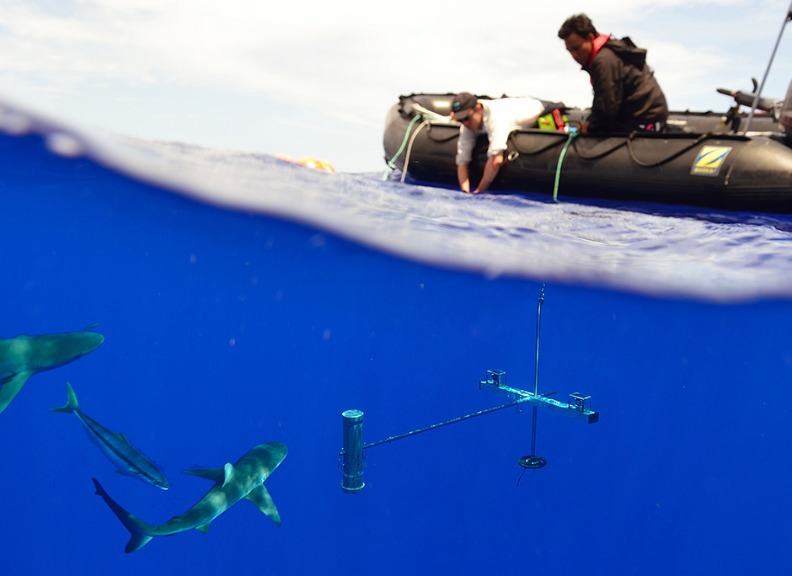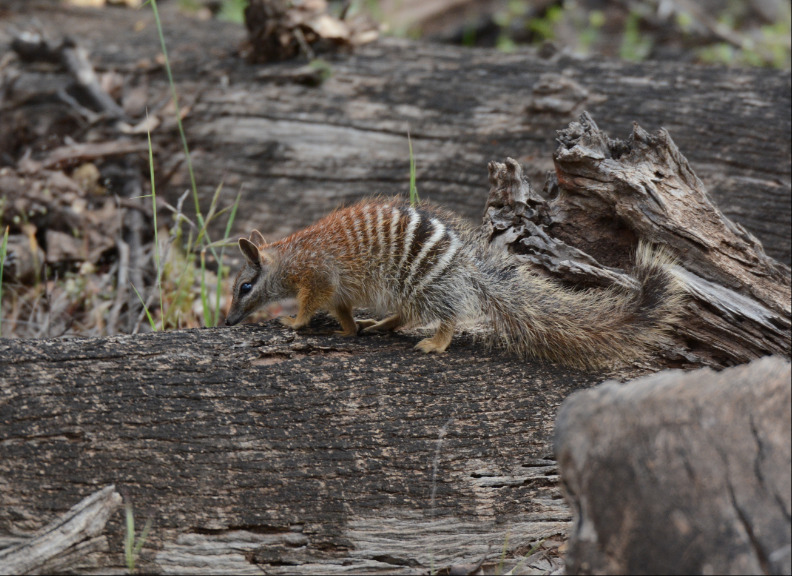
Research
Neuroscience (Biological Sciences)
Groundbreaking research discovering new neural pathways
Neuroscience in the School of Biological Science investigates how neurons function at the molecular and cellular level, their ability to regenerate and restore, and their role in perception and processing. There are two major research areas of neuroscience:
Comparative neurobiology and neuroecology
We are a multidisciplinary team working to decipher and understand how animals perceive and process sensory input from the natural world, under different environmental conditions. Our research group integrates approaches and scientific methods from the fields of neurobiology, animal behaviour and ecology to understand the interactions of animals with their environment.
We are passionate about delivering high-quality research, as well as training the next generation of upcoming scientists interested in animal behaviour, sensory processing and the conservation of biodiversity. Some staff are based at the UWA Oceans Institute.
Experimental and regenerative neurosciences
Neurological conditions make up one-third of global disease burden, yet there are few effective treatments. Our team researches brain structure and function to promote functional recovery in various neurological conditions, including developmental brain disorders, traumatic injury and neurodegenerative diseases. Our researchers work closely with the School of Human Sciences and the Perron Institute for Neurological and Translational Science.
Neuroscience is also a major research strength in the School of Human Sciences, with interdisciplinary teaching and research spanning the two schools.
Comparative neurobiology and neuroecology research areas
Comparative neurobiology and neuroecology research is focused on five key research areas:
- The neuroethology of predator avoidance
-
Animals cannot survive without exposing themselves to the threat of predation. The need to feed, mate and migrate brings them into the open, where they are under pressure to rapidly assess and act upon sensory information. We concentrate on how sensory information drives and shapes anti-predator responses in animals such as fiddler crabs.
Key staff contacts
- How animals see their world
-
We aim to understand how animals perceive their world and how this influences the amount and precision of information they can gather. Using state-of-the-art behavioural, physiological and anatomical techniques, we study what animals see in terms of colour, polarisation, and spatial and temporal resolution.
Key staff contacts
- Environmental imaging
-
Understanding what animals can see, and what information animals use to make decisions, also requires knowledge of the information provided by the environment. We use a range of imaging, light measurements, modelling and sophisticated video analysis techniques to quantify the environmental information animals can access.
Key staff contact
- Bioimaging of the nervous system
-
We use sophisticated approaches to image the peripheral and central nervous systems to understand the brain and sensory systems. Magnetic resonance imaging (MRI), microcomputed tomography (µCT) and confocal microscopy are used to investigate the structure of sensory systems, brain size, the organisation and evolution of the brain and the relative importance of different sensory brain regions.
Key staff contact
- Comparative sensory processing
-
We aim to understand the information processing capabilities of a range of model species across various senses, including hearing, olfaction, electroreception and vision. We characterise sensory capabilities, analyse sensory pathways, and try to understand the trade-offs between various behavioural and physiological sensory strategies.
Key staff contacts
Experimental and regenerative neurosciences research areas
Experimental and regenerative neurosciences research is focused on three key areas:
- Abnormal brain development
-
The brain is a highly complex organ. Errors that arise while circuits are being formed during development can lead to conditions such as cerebral palsy, schizophrenia, epilepsy, mental retardation, autism and dyslexia. We aim to understand how abnormal circuits arise and how they can be corrected using non-invasive therapies such as pulsed magnetic fields.
Key staff contact
- Clinical trials for spinal cord injury
-
Researchers in the School are involved in multi-centre clinical trials for patients with spinal cord injury:
- Immediate Cooling and Emergency Decompression (ICED) is examining whether hypothermia within two hours of injury, followed by decompression of the spinal cord within eight hours, can improve recovery after spinal cord injury.
- Spinal Cord Injury and Physical Activity (SCIPA) is testing whether moving paralysed limbs can help promote recovery in surviving neural circuits as well as improve quality of life.
- SCIPA has developed a community 'train the trainer' program to increase activity and participation for those with spinal cord injury.
- Other studies include examining current clinical and community-based practice for maintaining bladder health. Bladder infections are the major cause of hospital readmissions after spinal cord injury.
Key staff contact
- Neurotrauma
-
Traumatic brain and spinal cord injury results in immediate loss of brain tissue and function as well as progressive damage to surrounding intact tissue that escaped the initial injury.
We aim to understand mechanisms underpinning progressive secondary degeneration and test a variety of therapies to prevent the spread of such damage. Therapies include combinations of ion channel inhibitors, antioxidants and novel nanotechnologies.
One of the most prevalent forms of traumatic brain injury is concussion. We are conducting a clinical trial to identify predictors of poor outcomes following concussion. The trials will identify patients at risk of long-term functional loss who may benefit from emerging treatment strategies.
Key staff contact






































